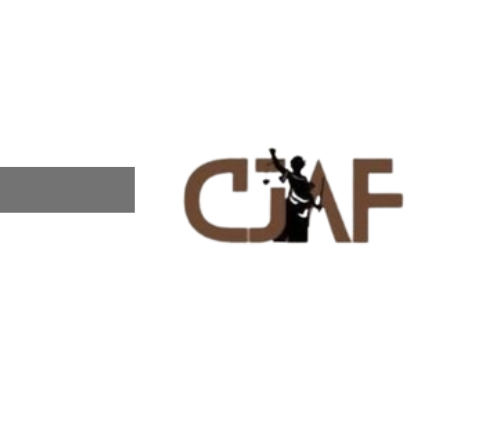How Nature’s Patterns Shape Smart Design
Across ecosystems, an elegant logic governs form and function: recurring patterns emerge not by chance, but through evolutionary optimization. From the fractal branching of trees to the spirals of shells, nature’s designs reflect a deep efficiency—balancing resource use, strength, and adaptability. These patterns are not ornamental; they are functional blueprints honed over millions of years, offering powerful insights for intelligent human innovation.
The Science Behind Nature’s Patterns
At the heart of nature’s design are fractals—self-similar structures repeating across scales. River networks, leaf veins, and tree branches all exhibit fractal geometry, enabling optimal distribution of water, nutrients, and energy with minimal waste. Similarly, the Fibonacci sequence governs spiral arrangements in sunflower seeds, pinecones, and nautilus shells. This mathematical pattern maximizes packing density and exposure to sunlight, enhancing growth efficiency. Voronoi tessellations, seen in honeycombs and cell tissues, divide space into strongest, most material-efficient units, balancing structural integrity with economy.
How Nature’s Logic Inspires Smart Design
Biomimicry—the practice of emulating nature’s time-tested patterns—has become a transformative design philosophy. Engineers and architects now study river delta branching to develop resilient urban water systems and use fractal geometries in lightweight composite materials that reduce weight without sacrificing strength. Adaptive systems, inspired by organisms that respond dynamically to environmental shifts, are shaping responsive building materials that regulate temperature and airflow in real time.
Resilience through Redundancy
A defining feature of natural networks is redundancy: when one branch fails, others sustain function. This principle guides resilient infrastructure design, where fractal-like layouts maintain performance even under stress. For example, the honeycomb structure distributes loads evenly, minimizing material use while maximizing durability—inspiring earthquake-resistant frameworks and modular construction systems.
Case Study: {название} – A Modern Application
{название} exemplifies how nature’s pattern logic translates into cutting-edge innovation. Drawing from the spiral geometry of nautilus shells and the branching efficiency of river deltas, it integrates form and function to reduce weight while boosting structural integrity and airflow. In urban ventilation systems, this design enables natural cooling without mechanical energy, lowering carbon emissions. Lightweight composite structures in transportation benefit from fractal-inspired material layouts that enhance performance and sustainability.
Beyond Aesthetics: Functional Wisdom in Natural Patterns
Nature’s patterns serve a purpose beyond beauty—they deliver measurable performance gains. Every spiral, branch, or tessellation evolved to solve specific challenges: efficient resource transport, stress distribution, or energy capture. Evolutionary pressures enforce optimization, a principle increasingly applied in circular economy models where waste is minimized through closed-loop cycles.
Emergent Behavior and Scale Invariance
Simple micro-rules generate complex macro-structures through emergent behavior. Microscopic cell divisions in tissues follow precise patterns that scale seamlessly from microscopic circuitry to city grids. This scalability reveals nature’s logic is universal—applicable from microchips to urban planning, where consistent design principles ensure efficiency across sizes.
Non-Obvious Insights: The Hidden Depth of Natural Patterns
Natural patterns reflect deep constraints: limited resources drive innovation, shaping systems that avoid waste. This mirrors the circular economy’s goal of zero-waste innovation, where materials flow in closed cycles. Moreover, scale invariance means a pattern effective at one level—say, a leaf’s vein network—can inspire solutions at vastly different scales, from medical devices to infrastructure.
Conclusion: Designing with Nature’s Logic for a Smarter Future
Nature’s patterns are not mere inspiration—they are tested, evolved solutions honed by billions of years of adaptation. {название} demonstrates how embracing this natural logic enables smarter, more resilient, and harmonious design. By learning from fractal branching, spiral efficiency, and tessellated strength, we build systems that are efficient, adaptive, and sustainable.
Explore how thoughtful oversight supports responsible innovation in design and technology
| Key Pattern Type | Natural Example | Human Application |
|---|---|---|
| Fractals | River networks, leaf veins | Urban water systems, lightweight composites |
| Fibonacci spirals | Sunflower seeds, pinecones | Packing efficiency, solar panel layouts |
| Voronoi tessellations | Honeycombs, cell membranes | Modular architecture, material optimization |
“Nature’s patterns are not random—they are the result of millions of years of trial, error, and adaptation. To design like nature is to build with wisdom, resilience, and sustainability woven into every detail.”
